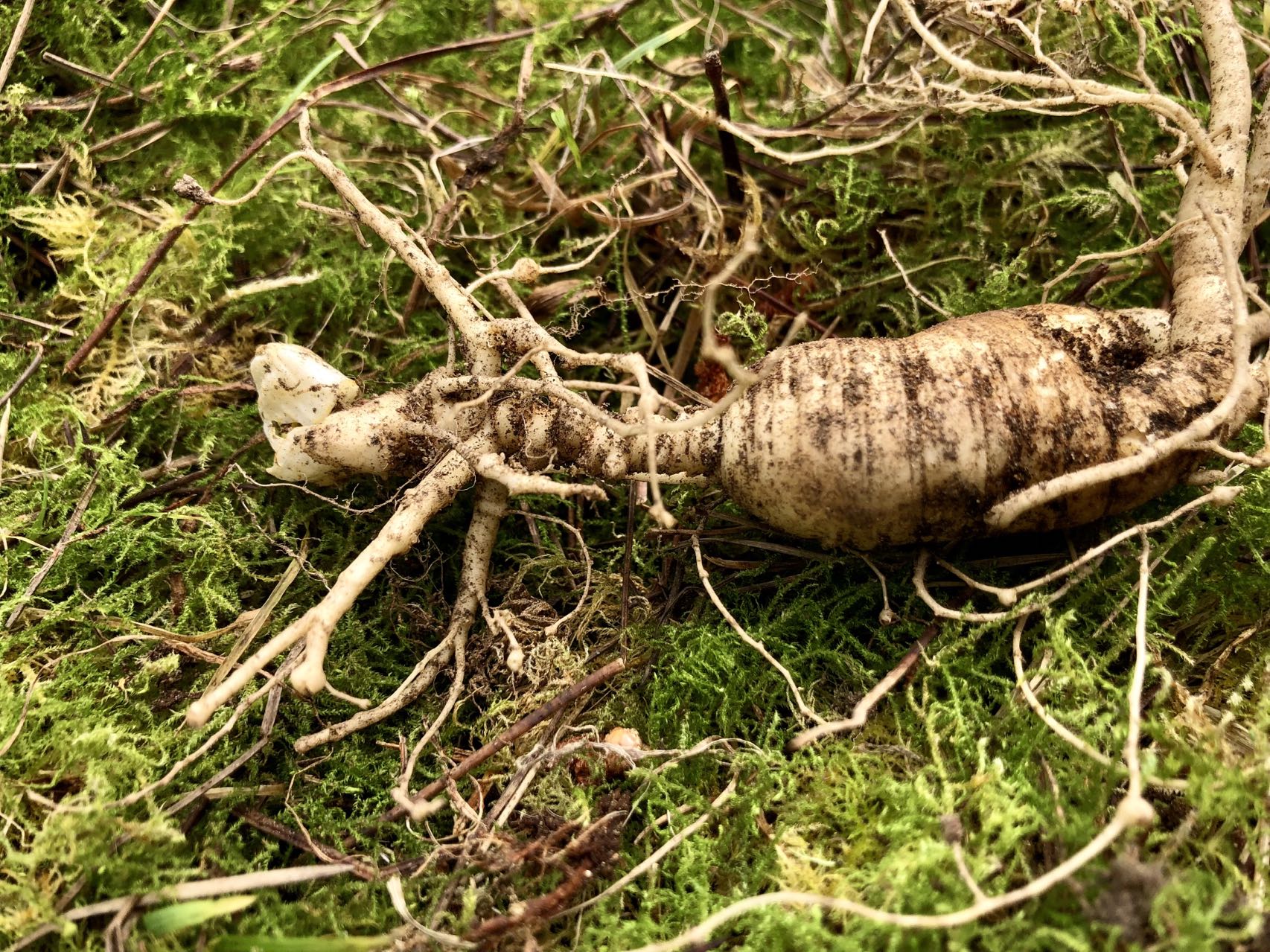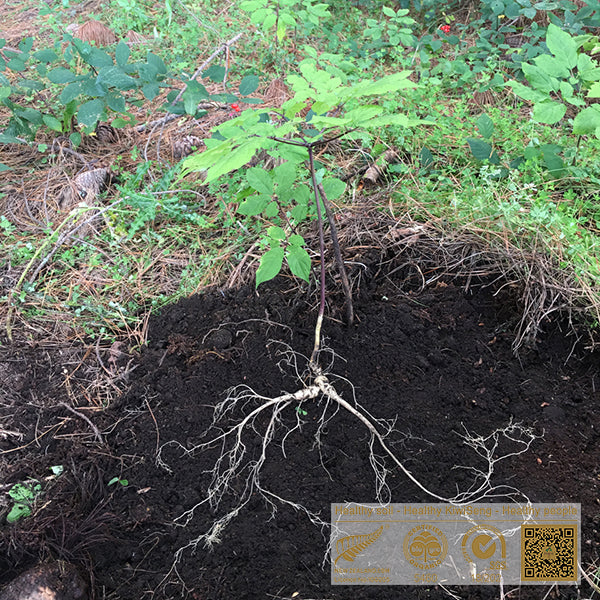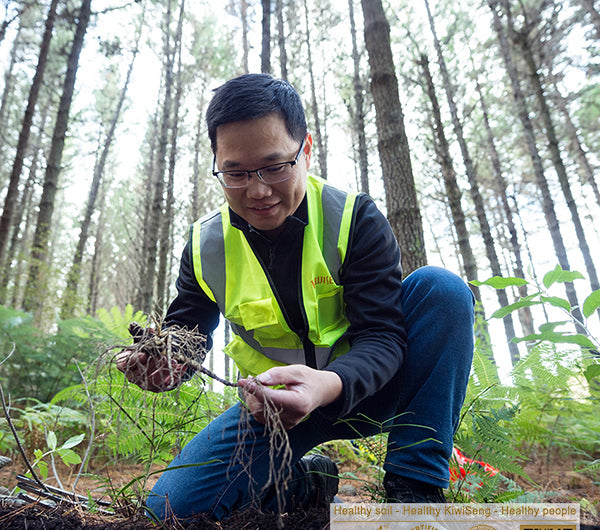Used for more than 2000 years in traditional Chinese medicine, Asian ginseng (Panax ginseng) is used as a tonic that was believed to replenish energy. Numerous studies have shown an effects such as anti-aging, anti-stress, anti-tumour, anti-inflammatory, and anti-diabetes as well as beneficial impact on brain function, liver function, immune function, and sexual function.
Ginsenosides are the major active ingredients of ginseng and are extracted from roots, fruits, stems, and leaves of ginseng. It is believed that wild ginseng has the highest concentrations of these ginsenosides. Knowing the types of active ingredients in ginseng and their quantities is important to describing the overall quality of a ginseng product. If a country, region and growing regime can be proven to have a consistently high quality product, it should be able to command premium prices on the world stage.
New Zealand Ginseng Study

NZ-grown ginseng has similar growth conditions including the cold winter, temperate summer, and weakly acidic soil to that ginseng’s natural habitat in Northeast of China and Korea. KiwiSeng's ginseng grows at the same latitude south as wild ginseng grows in the Northern Hemisphere.
This NZ ginseng is grown under planted pine forests where the trees are uniformly aged and managed, with known soil, weather and light conditions. This environment simulates the wild environments of China and Korea. It is likely that the benefit of high-intensity UV rays and highly fertile light volcanic pumice soils allow the roots plenty of room to grow. These factors may help New Zealand grown ginseng to have higher ginsenoside concentrations than Asian grown.
This study provides an important benchmark for the New Zealand ginseng industry. It gives some level of assurance that NZ-grown ginseng has concentrations of active ingredients that exceed ginseng from the two largest producing countries in the world - namely China and Korea.
[1]. Link to original research... https://www.mdpi.com/1420-3049/24/19/3491
https://www.tmrjournals.cn/article.html?J_num=1&a_id=1492





Leave a comment
This site is protected by hCaptcha and the hCaptcha Privacy Policy and Terms of Service apply.